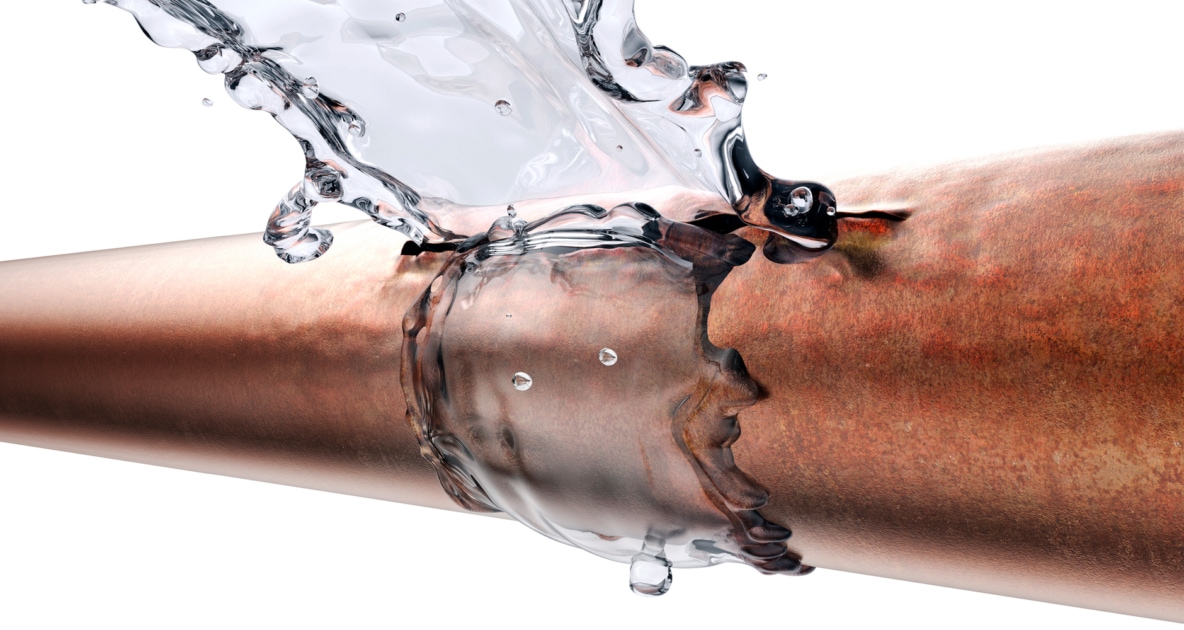

If you turn on a faucet and only a trickle comes out, suspect a frozen pipe.Consider relocating exposed pipes to provide increased protection from freezing.Newspaper can provide some degree of insulation and protection to exposed pipes – even ¼” of newspaper can provide significant protection in areas that usually do not have frequent or prolonged temperatures below freezing. Consider installing specific products made to insulate water pipes like a "pipe sleeve" or installing UL-listed "heat tape," "heat cable," or similar materials on exposed water pipes.Both hot and cold water pipes in these areas should be insulated. Look in the garage, and under kitchen and bathroom cabinets. Check around the home for other areas where water supply lines are located in unheated areas.Insulation will maintain higher temperatures in these areas. Add insulation to attics, basements and crawl spaces.Keep the outside valve open so that any water remaining in the pipe can expand without causing the pipe to break. Open the outside hose bibs to allow water to drain. Close inside valves supplying outdoor hose bibs. Remove, drain, and store hoses used outdoors.Antifreeze is environmentally harmful, and is dangerous to humans, pets, wildlife, and landscaping.

Do not put antifreeze in these lines unless directed. Drain water from swimming pool and water sprinkler supply lines following manufacturer's or installer's directions.Before the onset of cold weather, protect your pipes from freezing by following these recommendations:


 0 kommentar(er)
0 kommentar(er)
